Overview:
The article focuses on the essential lighting techniques necessary for effective architectural visualization, emphasizing their impact on the perception of space and design representation. It supports this by detailing various techniques such as natural lighting, global illumination, and the use of shadows, demonstrating how these methods enhance realism and emotional engagement in visual presentations, ultimately fostering a deeper connection between clients and their future environments.
Introduction
In architectural visualization, lighting is not merely an accessory but a fundamental element that shapes the perception of space and form. It serves as a powerful tool for enhancing visual narratives, creating atmospheres, and highlighting design intricacies that resonate with viewers. The interplay of natural and artificial light can evoke emotional responses and foster a deeper connection between prospective homeowners and their future environments. As the field evolves, innovative techniques and a nuanced understanding of lighting dynamics are essential for architects to convey their visions accurately and compellingly.
This article delves into the pivotal role of lighting in architectural visualization, exploring essential techniques, advanced methods for realism, and common pitfalls to avoid, ultimately guiding architects toward more effective and engaging design presentations.
The Crucial Role of Lighting in Architectural Visualization
Top lighting in architectural visualization serves as a cornerstone in the field, profoundly influencing both the perception of space and the representation of form. Its role transcends mere aesthetics; top lighting in architectural visualization enhances the visual narrative of a design, conveying intended atmospheres and functional nuances. For example, the use of natural light can evoke feelings of warmth and openness, while strategic artificial illumination can highlight key design features or introduce striking contrasts.
In the context of community-building, illumination becomes an essential component of the immersive experience provided by visual design, enabling prospective homeowners to engage with their future environments on a deeper level. This transformation shifts prospects from mere onlookers to active participants in the design process, fostering a sense of ownership and belonging from the outset.
The Digital Bunch exemplifies this approach by prioritizing the simulation of natural illumination effects and a comprehensive understanding of diverse light sources to achieve top lighting in architectural visualization. This method not only enhances client understanding and stakeholder communication but also helps identify design issues early in the process. As expressed by Michał Purski, comprehending user experience at different spatial levels can greatly influence top lighting in architectural visualization choices, thereby enhancing the narrative component of modern design trends and preserving the heritage of creations.
Additionally, recent progress in illumination methods for structure renderings, as noted in the journal where this article is listed as number 3934 in volume 14, issue 7, underscores the significance of adjusting these methods to current challenges. The research by Bertolo et al. on night sky brightness in the Veneto Region of Italy emphasizes the crucial influence of environmental illumination conditions on visual representation.
In this changing environment, CG artists are encouraged to embrace roles that require problem-solving and innovation, ensuring that illumination techniques remain relevant and effective. Consequently, architects must incorporate top lighting in architectural visualization as an illumination factor into the design process to guarantee their concepts are genuinely represented and effectively conveyed to clients and stakeholders, thereby enhancing the overall narrative of their work and honoring the legacy of their designs.
Exploring Essential Lighting Techniques for Stunning Visuals
Natural Lighting: Effectively harnessing sunlight is crucial for enhancing the realism of architectural renderings. Factors such as the time of day and geographical location must be carefully considered to replicate accurate lighting conditions. Implementing large windows and skylights can significantly increase daylight penetration, resulting in a bright and inviting atmosphere. Research indicates that in a room measuring 3m in height and 6m in depth, the natural illumination coefficient of backlit surfaces can achieve impressive levels between 1.5% to 2%. This statistic emphasizes the significance of strategic design in maximizing natural light and demonstrates how top lighting in architectural visualization enhances the overall quality of visual representation. The precision in these details not only reflects the design essence but also tells a compelling story that resonates with clients, fostering a deeper connection with the project. As architect Aydin Boysan noted, “Research on these representations of Boysan’s unique modernist design expands our knowledge about the production of the built environment for an industrial city and reveals traces of an important architect of the period.” This underscores the significance of illumination in the depiction of architectural styles and the constructed surroundings, stressing the importance of detail levels in 3D visualization for client involvement. Additionally, the complexity of the project can dictate the techniques employed; for instance, larger developments may require top lighting in architectural visualization to effectively convey their scale.
The integration of diverse types of artificial lighting—ambient, task, and accent—contributes to the effectiveness of top lighting in architectural visualization, creating a balanced and dynamic visual presentation. Modifying the intensity and color temperature of these fixtures can evoke specific moods, enhancing the viewer’s experience of the space.
Global Illumination: This rendering technique simulates the complex interactions of illumination as it bounces off various surfaces, providing a more lifelike depiction in indoor settings. Global illumination is particularly valuable in environments where top lighting in architectural visualization is intricate and nuanced, which requires additional resources and time for complex projects.
HDRI Illumination: High Dynamic Range Imaging (HDRI) utilizes panoramic images to create realistic environments, significantly enhancing reflections and overall immersion. This method is pivotal in creating authentic lighting scenarios that reflect the intricacies of real-world conditions, which is essential for achieving top lighting in architectural visualization.
Spotlighting: The strategic use of spotlights can effectively draw attention to key architectural features and focal points within a space. This technique not only guides the viewer’s eye but also emphasizes essential design elements, highlighting the top lighting in architectural visualization to create a more engaging visual narrative.
Backlighting: Positioning sources of illumination behind objects can create dramatic silhouettes, adding depth and intrigue to visual representations. This technique is particularly effective for showcasing translucent materials, enhancing their visual impact.
The implementation of soft shadows plays a crucial role in achieving top lighting in architectural visualization, significantly enhancing the realism of renderings. Unlike sharp shadows, which can appear harsh and unrealistic, soft shadows foster a more natural and inviting atmosphere, enhancing the overall aesthetic quality of the visual presentation.
Illuminated Layers: By utilizing multiple sources of illumination at varying intensities, designers can create a layered effect. This approach adds complexity and visual interest, allowing for the incorporation of top lighting in architectural visualization to create a more dynamic representation of the space.
Color Temperature Manipulation: Adjusting the color temperature of lighting can profoundly influence the emotional response elicited by a space. Warmer tones typically cultivate a cozy ambiance, while cooler tones can convey modernity and cleanliness, thereby tailoring the space’s perception.
A thorough understanding of how different materials interact with illumination is essential for achieving top lighting in architectural visualization and precise renderings. Glossy surfaces, for instance, reflect light distinctly compared to matte surfaces. This knowledge enables architects to create more accurate and visually appealing representations, ultimately enriching the quality of design visualization. Moreover, as shown in the Ecopump case study, applying energy-efficient illumination and ventilation strategies can greatly improve the sustainability of design concepts, highlighting the practical advantages of careful rendering decisions.
Advanced Techniques for Enhanced Realism
Top Lighting in architectural visualization: This sophisticated technique emulates the scattering of light through atmospheric particles, effectively creating depth and an immersive ambiance in architectural visualizations. Particularly beneficial in outdoor scenes, volumetric illumination enhances realism by adding nuanced effects such as fog or smoke, making environments appear more lifelike. As mentioned by Jim McCarthy,
Volumetric LED illumination can take an ordinary illuminated space and make it extraordinary, underscoring the transformative power of this technique. The progress in AI is advancing top Lighting in architectural visualization, making rendering methods like volumetric illumination more significant for improving clarity and communication in design. Moreover, 3D visualization serves as a powerful narrative tool for developers, helping to sell not just homes but futures. Mastery of illumination attenuation is essential for achieving top lighting in architectural visualization. By adjusting the decay rate of intensity over distance, architects can create a more natural appearance and avoid unrealistic bright spots. Recent advancements in this area highlight its significant impact on achieving realism, particularly through the use of top lighting in architectural visualization, ensuring that visualizations align closely with the principles of real-world physics. Volume models are created and loaded with slices in the main code, providing a technical foundation for these adjustments, thereby enhancing client engagement through precise project specifications. Additionally, it is important to consider how varying detail levels can influence project costs, making this an essential factor in the decision-making process.Caustics: This advanced technique simulates the complex interactions of light with surfaces such as water and glass, generating intricate light patterns. Caustics add a layer of sophistication to renderings, particularly those featuring water elements or glass structures, thereby enhancing the overall aesthetic and realism through top Lighting in architectural visualization. This sophistication helps in identifying design issues early, improving stakeholder communication and understanding.
Illumination for Animation: When creating visualizations aimed at animation, it is essential to consider dynamic adjustments. Keyframes should be established to modify illumination as time progresses, reflecting varying times of day or distinct scenarios. This method not only improves the visual narrative element of the project but also guarantees that the top lighting in architectural visualization showcases the structural features in the most captivating manner. A case study on automatic source placement for maximum visual information recovery illustrates how effective illumination techniques can enhance visibility and detail in design representations, reinforcing the significance of customization and revisions for unique project outcomes. We invite lead architects to reach out and discuss how we can bring their design visions to vibrant life.
Common Mistakes to Avoid in Lighting
Overlighting: A prevalent issue in architectural visualization is the excessive use of light, which can result in a washed-out appearance and obscure essential details. To achieve a more impactful design, it is crucial to cultivate a balance and subtlety in illumination choices, particularly through the use of top lighting in architectural visualization. The average luminance value observed in studies, such as those from Bertolo et al., reached about 19 cd/m² for the planar floodlighting technique. This statistic emphasizes the significance of controlled illumination in depiction, as it advises architects on how to modify their illumination selections to prevent overexposure and preserve visual integrity, especially in urban environments where top lighting in architectural visualization can influence visibility due to night sky brightness.
Ignoring Shadows: Shadows play a critical role in creating; their absence can lead to unrealistic visual outcomes. By incorporating appropriately cast shadows, architects can significantly enhance depth and dimension, contributing to an overall sense of realism in the visualization.
Inconsistent illumination can negatively affect top lighting in architectural visualization, as consistency in illumination is essential to ensure that visual representations accurately depict the intended environment. For example, indoor scenes must consider natural light sources, while outdoor renderings should align with the time of day depicted. This consistency in illumination is essential for achieving top lighting in architectural visualization, which helps create more believable and immersive visuals.
Not Testing Different Scenarios: Restricting oneself to a single illumination setup can stifle creativity and innovation. It is important to experiment with various illumination scenarios to discover the top lighting in architectural visualization configurations for each project. Engaging in this exploratory process allows architects to uncover unique solutions and enhance the quality of their designs. As noted by Kalina Prelikj, “When you invest in the right tools for your teams, they’re more likely to deliver quality design solutions while being on budget and on time, without feeling overwhelmed or overworked.” This method not only encourages creativity but also diminishes the risk of typical errors. Furthermore, it is essential to acknowledge that many architecture firms have faced project delays due to the pandemic, which highlights how external factors can influence design practices, including lighting considerations.
To further enhance your architectural design concepts and ensure clarity and excitement in your visualizations, consider partnering with J. Scott Smith Visual Designs. Our preliminary renderings provide the opportunity to visualize and validate your ideas, allowing for necessary customization and revisions that can greatly influence project success. Contact us today to schedule a consultation and bring your vision to life.
Conclusion
The exploration of lighting in architectural visualization reveals its indispensable role in shaping perceptions and enhancing the narrative of design. By effectively harnessing both natural and artificial lighting techniques, architects can create immersive environments that resonate emotionally with viewers. Techniques such as global illumination, HDRI lighting, and volumetric effects add layers of realism, while strategic use of shadows and light manipulation enriches the overall aesthetic quality of renderings.
Moreover, understanding common pitfalls—like overlighting and inconsistent lighting—ensures that visualizations maintain their intended integrity and impact. As the field of architectural visualization continues to evolve, the integration of advanced lighting techniques becomes essential not only for achieving realism but also for fostering deeper connections between prospective homeowners and their future spaces.
In conclusion, the careful consideration of lighting dynamics is vital for architects seeking to convey their visions with precision and clarity. By embracing innovative lighting strategies and avoiding common mistakes, architects can significantly enhance their design presentations, ultimately celebrating the legacy of their work while engaging clients in a more meaningful way.
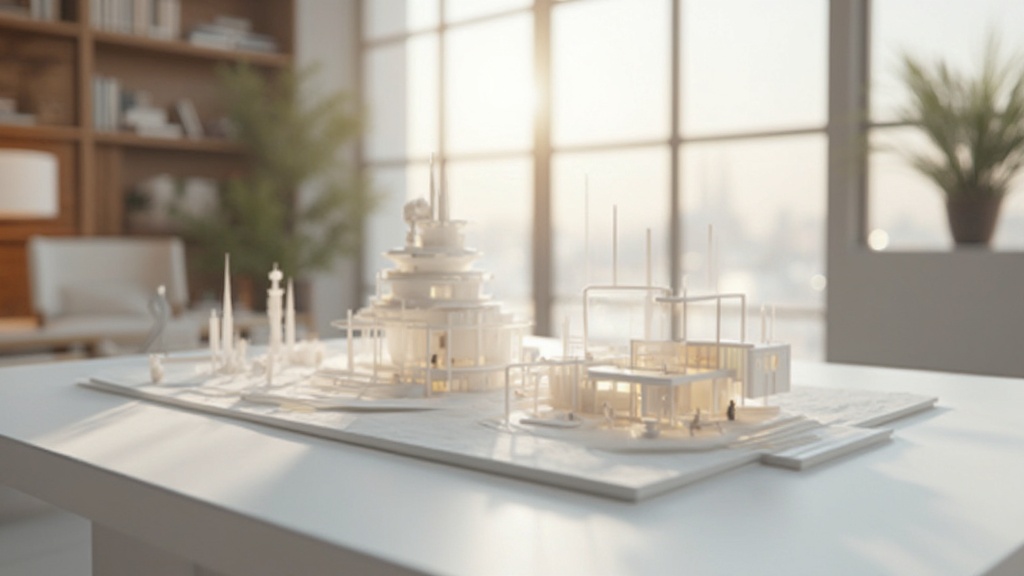
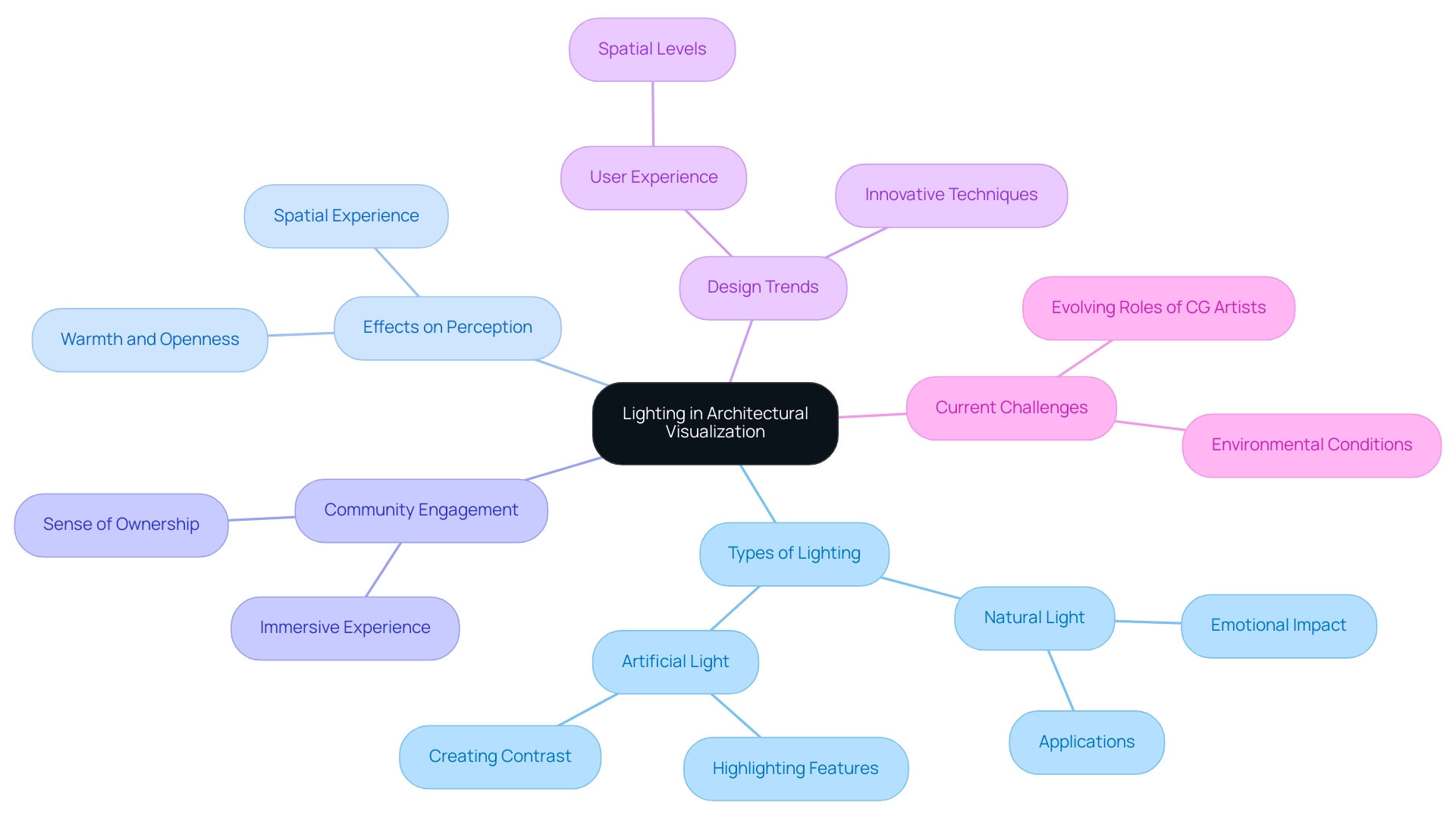
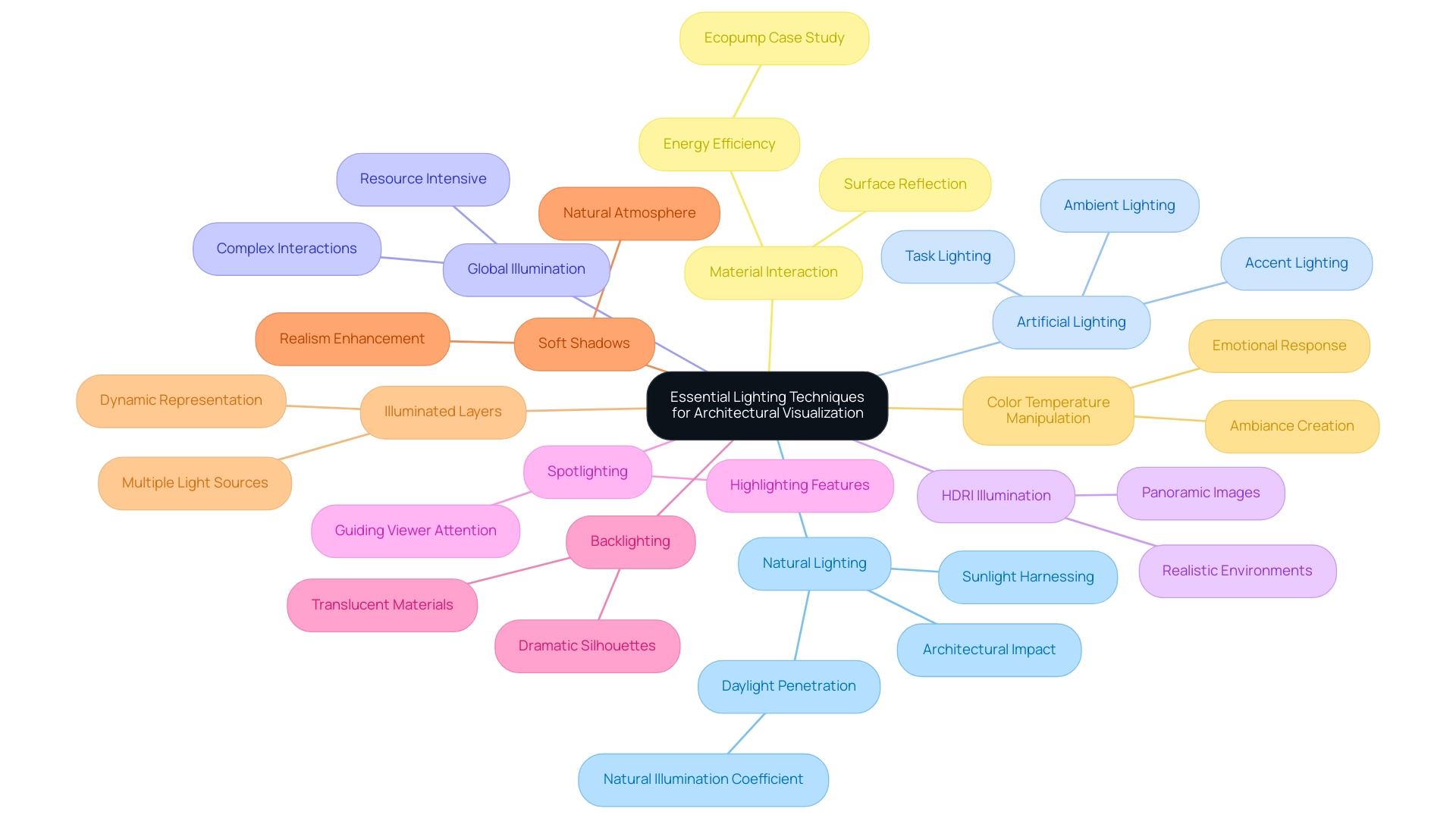
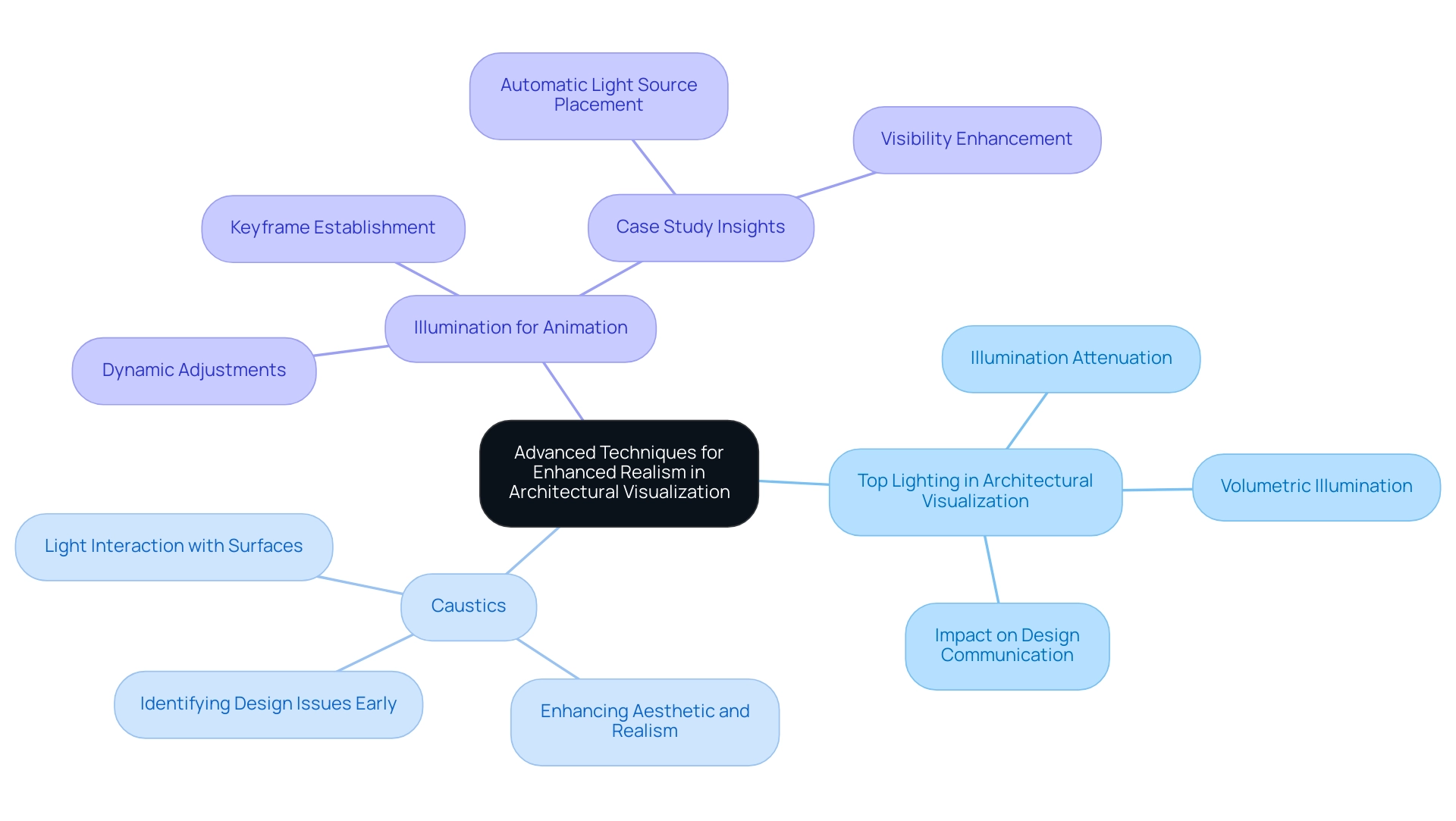
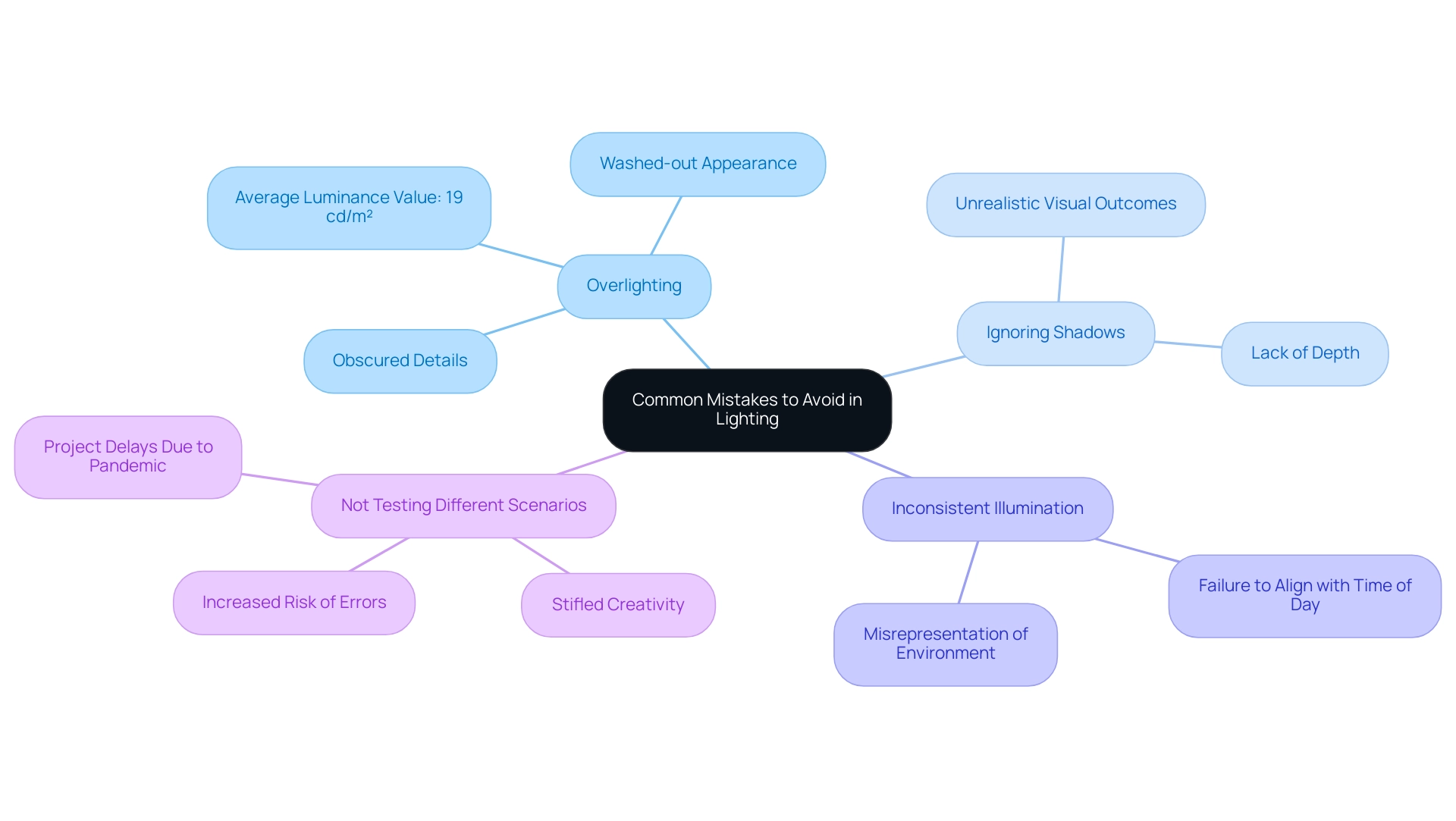
0 Comments